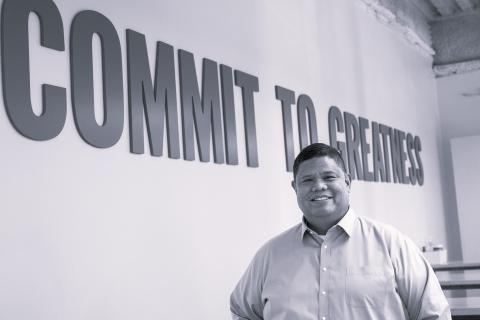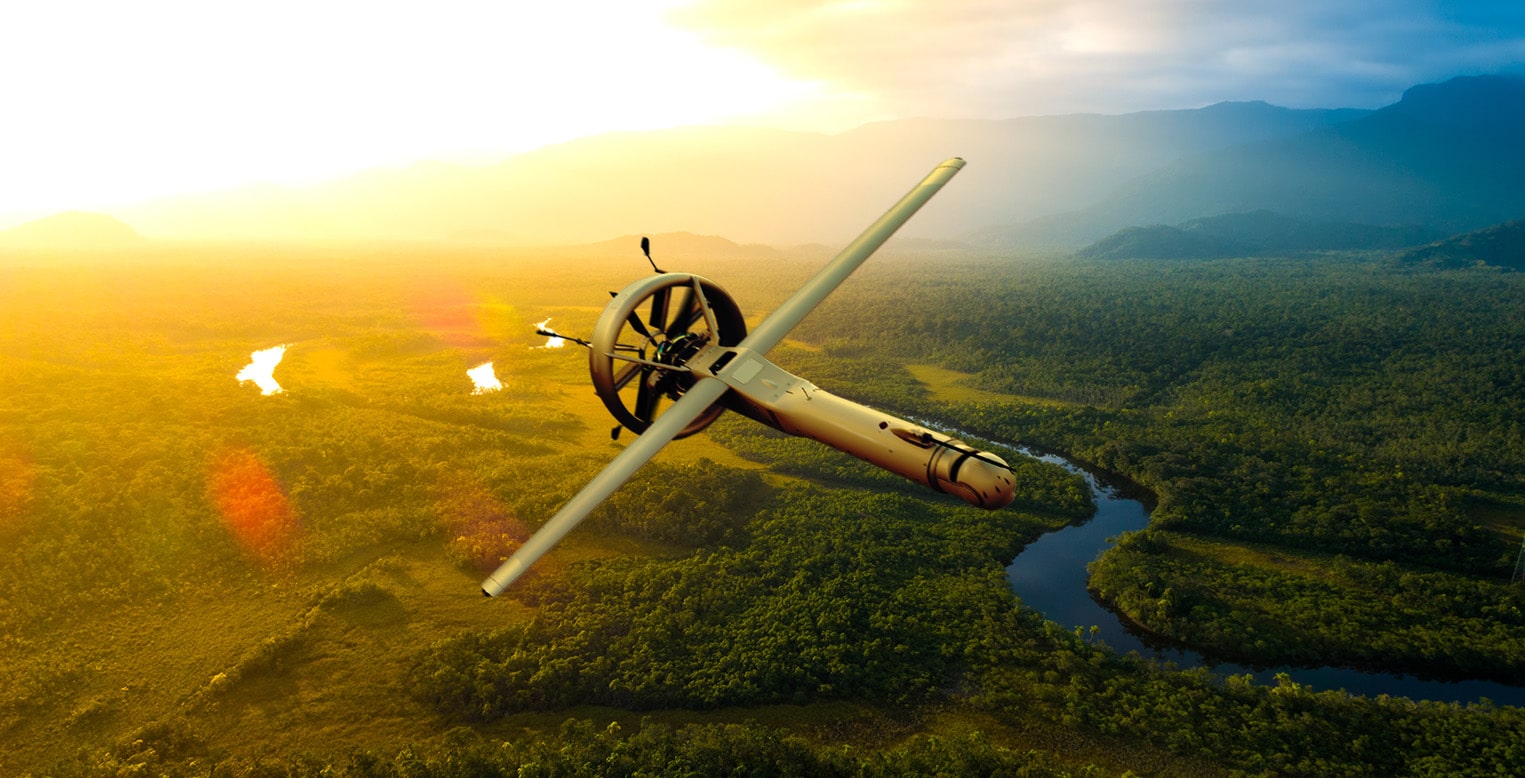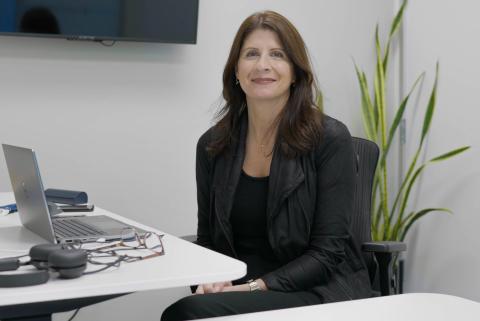[February 9, 2022]
The Next Era of Aviation – Autonomy and AI Pilots

I will never forget my first conversation with our engineers at Shield AI, where I learned that in three weeks our AI Pilots accumulated the equivalent of 31 years of flight, and then they talked about increasing that ratio by orders of magnitude. People haven’t even begun to wrap their heads around the implications of that. What does the world look like when in three weeks an AI Pilot can accumulate 310 years of flight, or 3,100 years, or 31,000?
I have dedicated my life to the study and development of aviation, and for the first time, I am joining a company that is re-imagining and defining what aircraft can do to serve and provide value to our customers.
My career started as a mechanical engineer and Naval Aviator, then I found my calling as a defense technology pioneer in the unmanned aircraft systems (UAS) space – first as the principal architect and driver of a transformational Navy UAS effort during the early years of Iraq and Afghanistan, and then, after 20 years in the Navy, I spent 11 years at L3Harris as their FVR-90 UAS program director. My unwavering belief is that from here forward, the most successful and impactful innovations in the aviation space will be at the intersection of AI, autonomy and aircraft in the near and distant future – not too dissimilar from what’s happening in the automotive space. A company that acts decisively with this understanding is in an incredible position to provide value to customers. This position will only become stronger as flight data for the purposes of autonomy is accumulated. That’s what led me to Shield AI.
More flights, real and simulated, means more data, better capability, and asymmetric advantage. AI companies like Shield AI, with class-leading aircraft such as the V-BAT, will become the new producers of value to customers. But most importantly, and the ultimate reason I joined, we work hard to make our customers proud: proud to work with us, proud to do things differently, proud to employ our products. That is truly heartfelt the second you walk through our doors, and when you speak with our people. Nothing beats hearing a story from our customers about how our products made a difference for them.
Back in 2003, my boss, (then) Captain Bob Harward returned from Iraq and told me that “the SEAL Teams would “get into the UAS business… they are changing everything.” He provided the resources and top cover to build a UAS squadron from the ground up by getting the best people and equipment. I could not be prouder of what that UAS squadron accomplished, and the trajectory it put us on. We were on the cutting edge and helped define what could be done with unmanned aircraft.
11 years after I left the Navy, it’s serendipitous that I find myself, once again, joining a tight-nit team on the cutting edge, alongside my former teammate Vice Admiral (ret.) Bob Harward, helping define what can be done with unmanned aircraft. It is an honor and privilege to be home.









